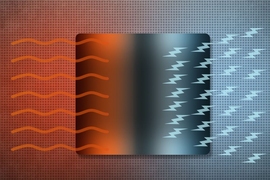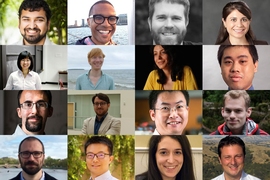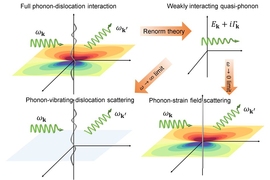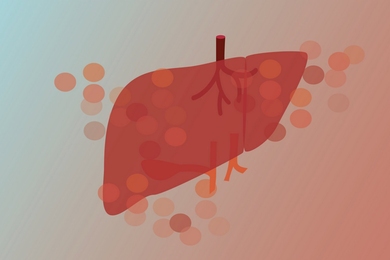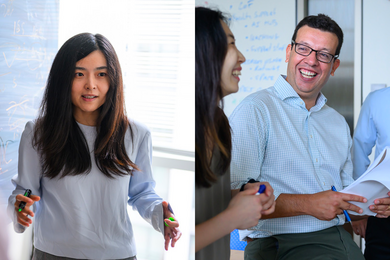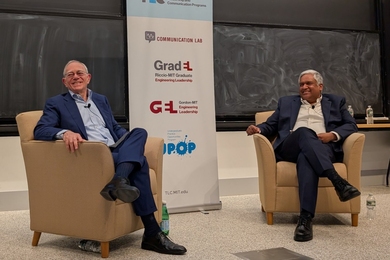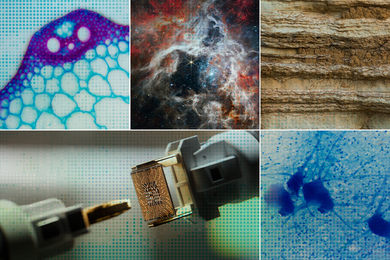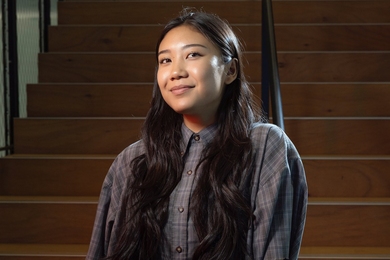“I only recently decided on the area to which I would dedicate decades of my life,” confides Mingda Li PhD ’15, who has just been appointed assistant professor in the Department of Nuclear Science and Engineering. “I could not commit until I became mentally mature enough to make real contributions.”
The area Li today calls his own, and where he is indeed generating significant advances, lies at the intersection of quantum physics and engineering. His research characterizing complex defects in materials has the potential to break through efficiency barriers in a wide range of energy applications.
In five papers published in 2017, including two in the Nano Letters, Li and his co-authors described a new approach to understanding a common type of material defect called a crystal dislocation, proposing a theoretical new particle named a “dislon” to help capture the mechanism underlying dislocation.
“These defects show up everywhere — in metals, semiconductors, insulators,” says Li. Caused by stress, they emerge naturally in crystals, disrupting the precise lattice arrangement of atoms, and affecting a wide range of properties in materials, including electrical and thermal behavior.
Previous attempts had failed to precisely delineate the mechanism for these dislocations. Li, conducting postdoctoral research with advisors Gang Chen, the Soderberg Professor and head of the Department of Mechanical Engineering, and the late Institute Professor Emerita Mildred S. Dresselhaus, drew on quantum field theory to contrive a mathematical approach for explaining dislocations. His quantum dislocation framework, based on hundreds of pages of derivations, can determine how dislocations change materials.
“We came up with one equation to compute any properties caused by dislocation — electrical, optical, magnetic, thermal, even superconducting,” says Li.
With his innovative approach, Li believes it will be possible to transform dislocations from mere defects into a new material tuning dimension. “We will be able to tailor them to improve the performance of many kinds of materials, including those used in thermoelectric technologies, nuclear reactor claddings, solar panels, and semiconductor microelectronics,” says Li.
Uncertain beginnings
This accomplishment, which has vaulted Li to prominence in the field, comes after a long journey during which Li sometimes struggled to find his bearings. Growing up in Tsingtao, China, Li felt at an early age “a great passion for mathematics,” and for computer science in particular. “I adored Bill Gates, and with access to a personal computer at school, taught myself programming,” he says.
He avidly read comics, especially the popular Doraemon manga series, named for a robot cat who travels back in time to protect a boy. “The boy was really unlucky, criticized by tyrants,” recalls Li. “I wished I had my own robot, but then I finally decided to become the Doraemon.”
With his move to a boarding high school in Beijing, Li began to explore disciplines with great intensity. He entertained a life in mathematics, but gave that up before college. “I needed true genius and intuition, and realized I had that only 5 percent of the time.” So he turned to physics and engineering. “I had an eagerness to learn and create something new, to make me feel excited and happy,” he says.
At Tsinghua University, he took up high energy and laser physics, but then turned to nuclear science, whose promise of unlimited energy intrigued him. After encountering MIT transfer students, Li decided to pursue doctoral studies in nuclear science and engineering in the U.S. with “the world’s leading experts” at MIT.
Finding the right path
At NSE, Li initially worked on questions of X-ray scattering. “I was interested in particle dynamics at a nanometer scale, trying to understand how there’s something beyond material structure that can influence properties.”
After a project in high end electron microscopy fell through, Li felt stuck. “I didn’t have a good thesis topic, and had no idea what to do next,” he recalls.
In search of direction, Li approached his advisor, Ju Li, the Battelle Energy Alliance Professor of Nuclear Science and Engineering, for advice. “He just told me to do great science,” recalls Li. “This made me feel both anxious and immensely free, because I needed to design an interesting project from the ground up, finding suitable collaborators, and resources, which I finally did.”
For his dissertation, Li began studying topological materials, “semiconductors that behave weirdly,” using spectroscopic and other methods. “These materials live in a quantum world, and they act very different from traditional materials, especially in terms of electron and thermal transport,” he says. For his postdoctoral research, he “was thinking bigger and crazier,” he says, with studies of topological materials culminating in his pathbreaking dislon framework.
Today, Li is extending this research, working with materials in his own lab to see how defects might improve the performance of technologies society depends on. “People want to build transmission lines without heat loss,” says Li, citing one example. “We need to learn how to tune material properties in the right direction.”
He has a long-term ambition to develop a comparable framework for analyzing amorphous materials like cement. “If we want to build structures that last forever, we need to understand their behaviors better.”
Most of all, he relishes the freedom of his new academic life, and the growing MIT network that sustains his research passions. “I have so many talented colleagues, friends, and students, who talk and get excited together every day,” says Li. “I really treasure this community.”

